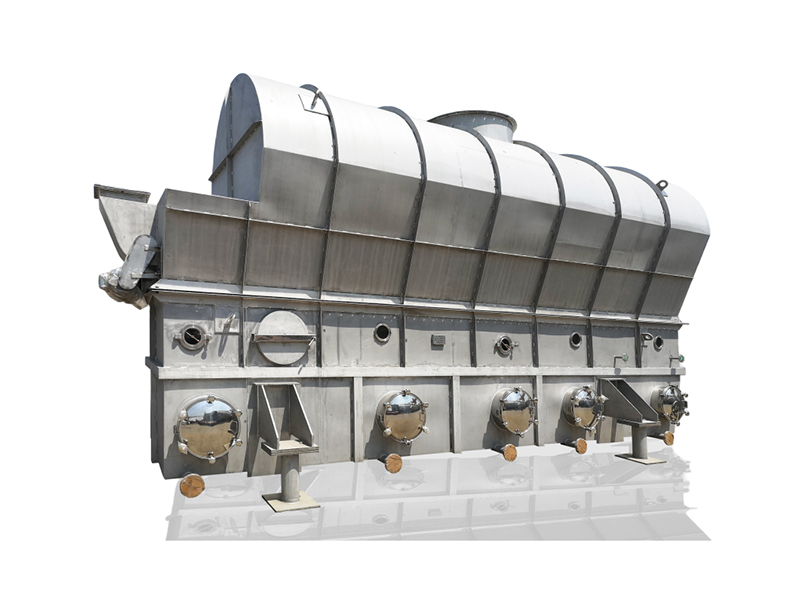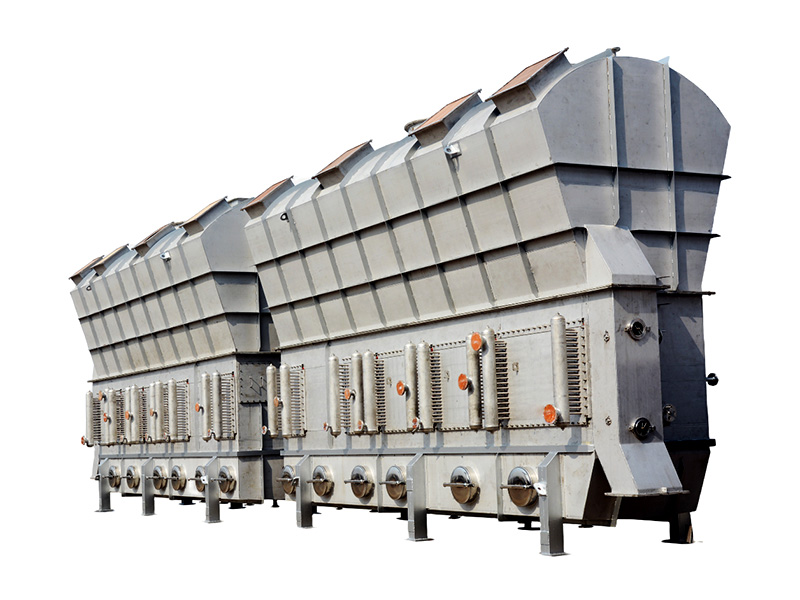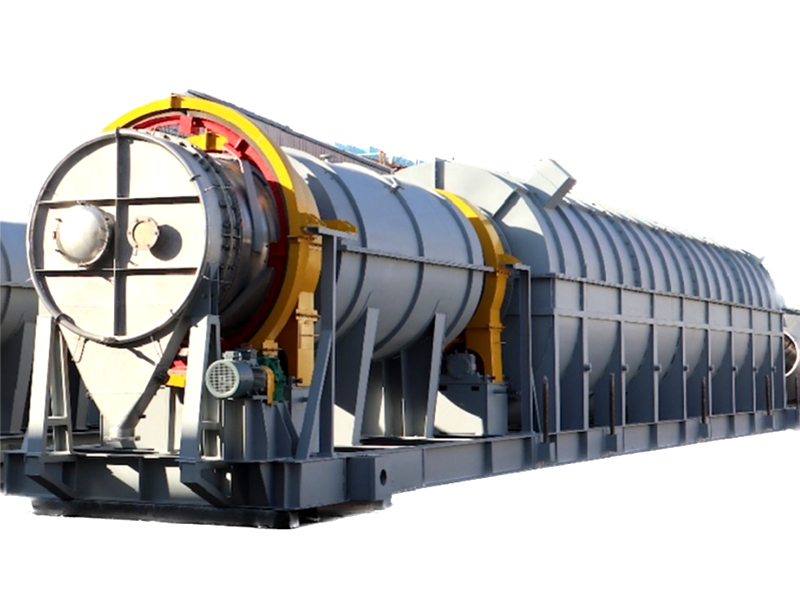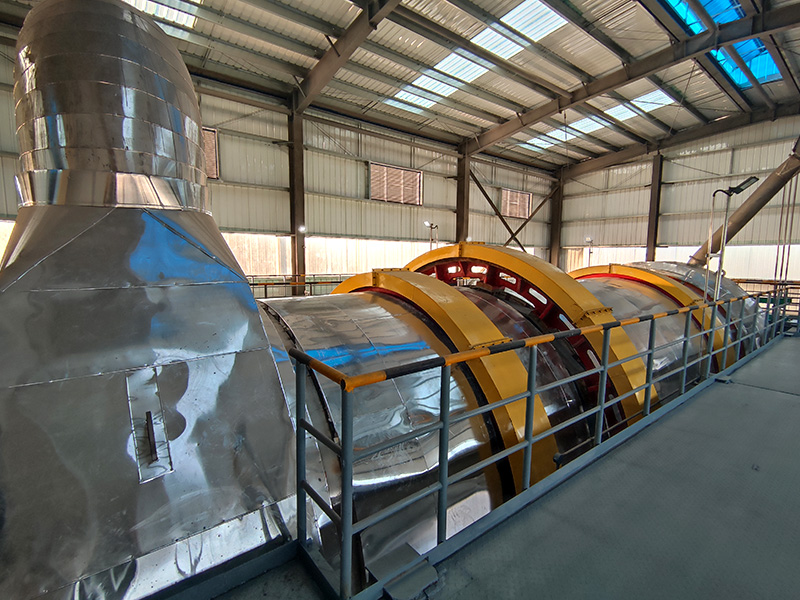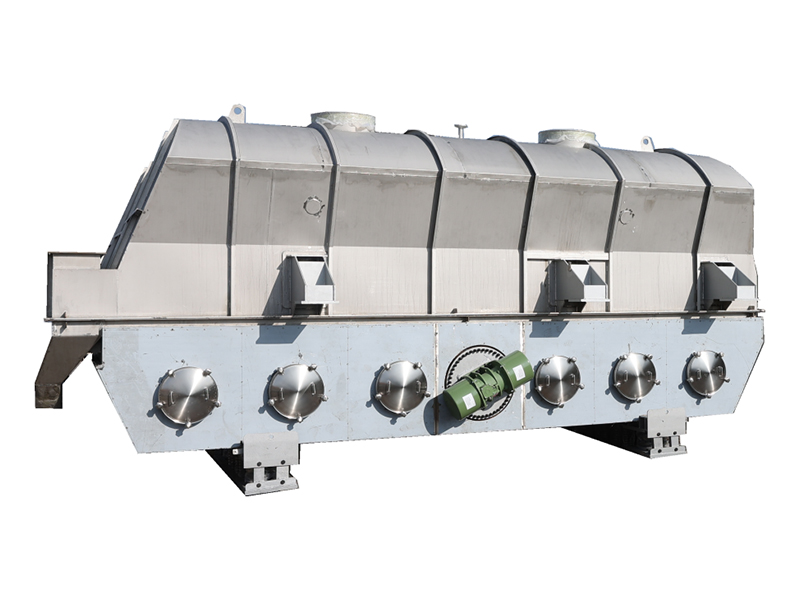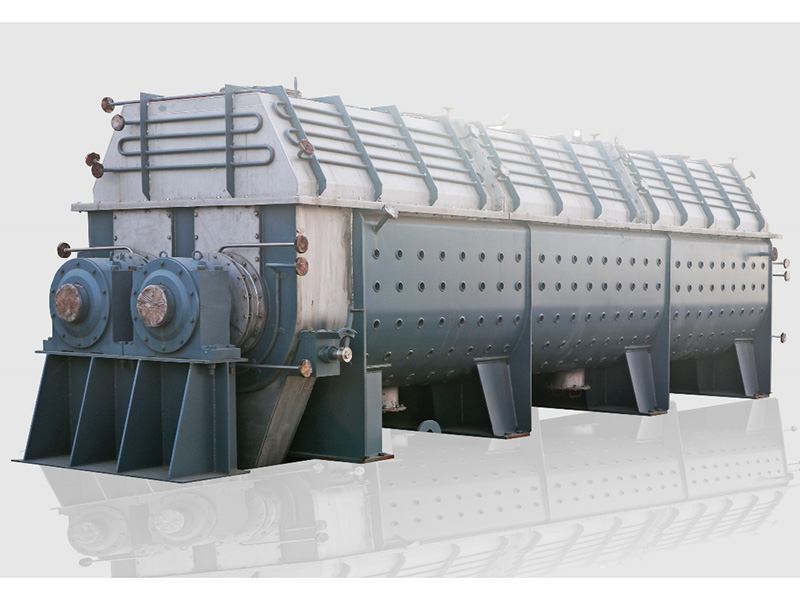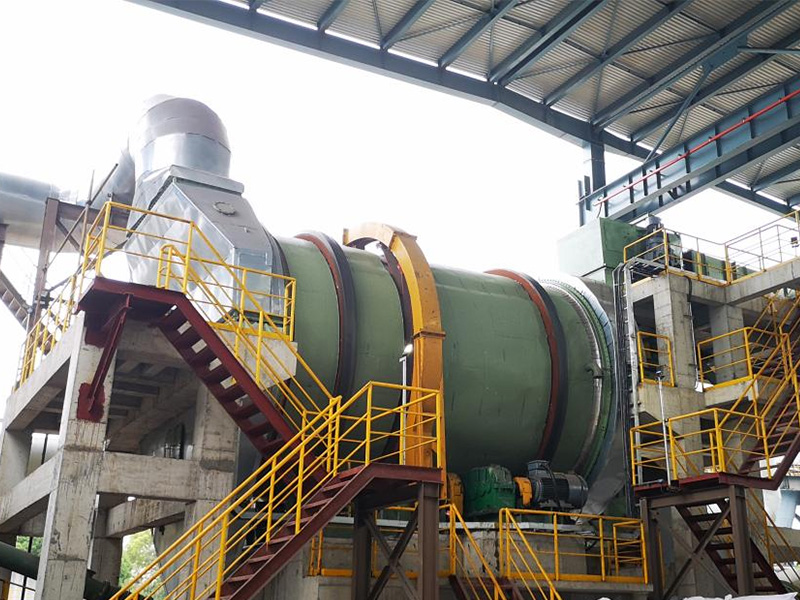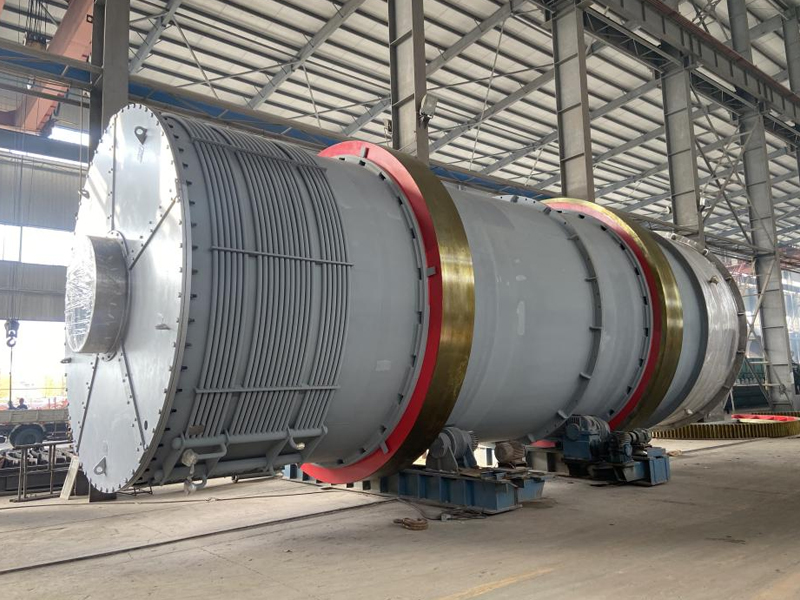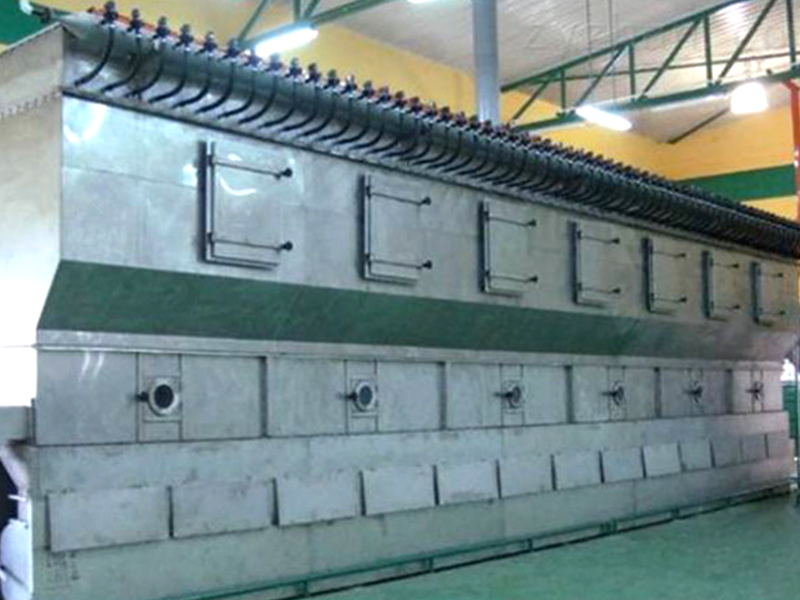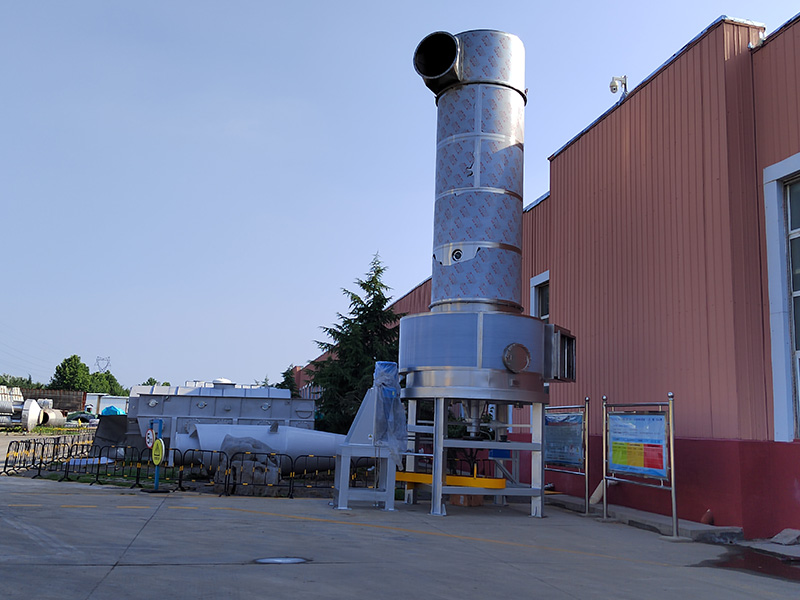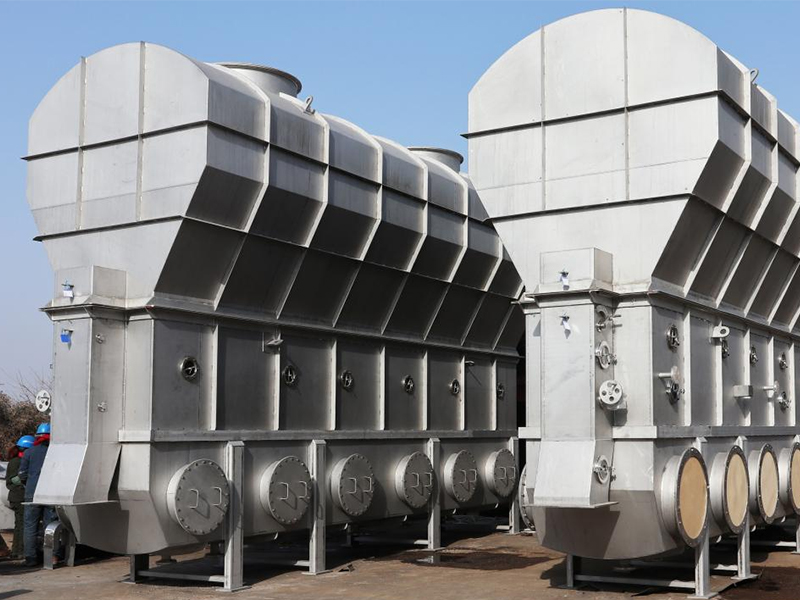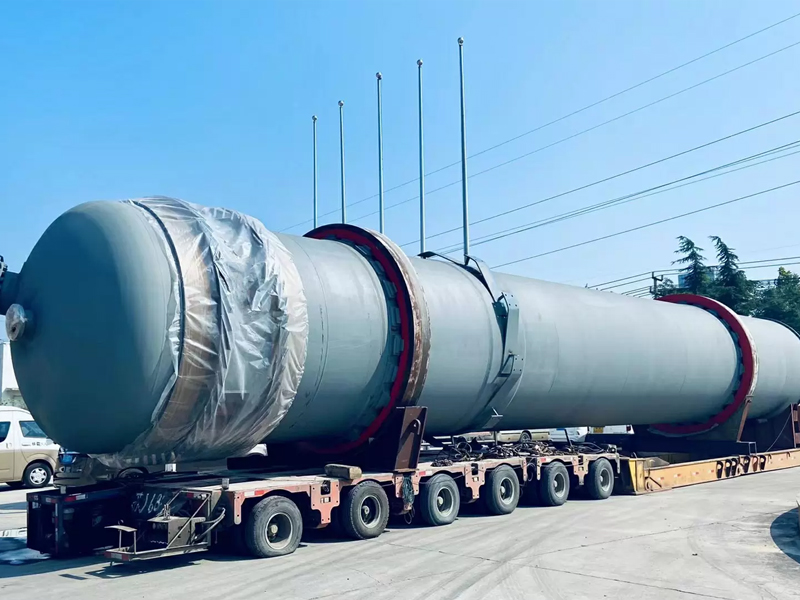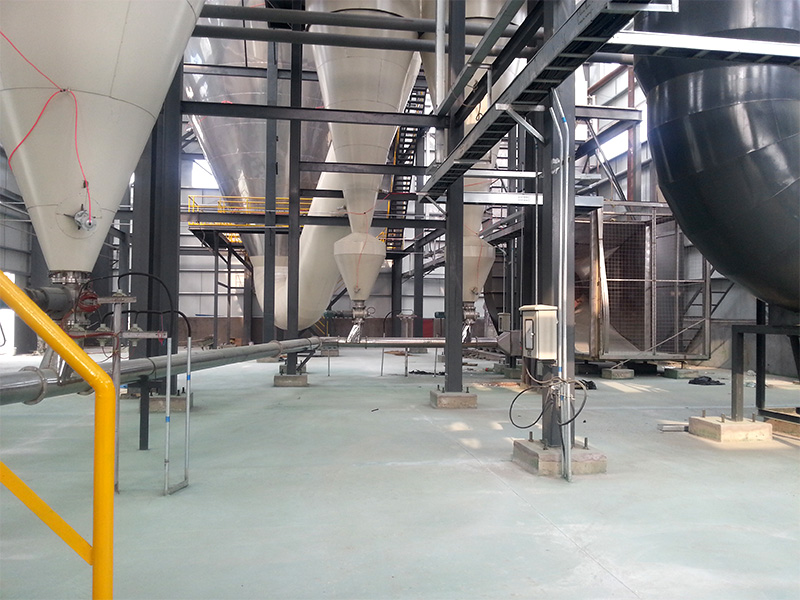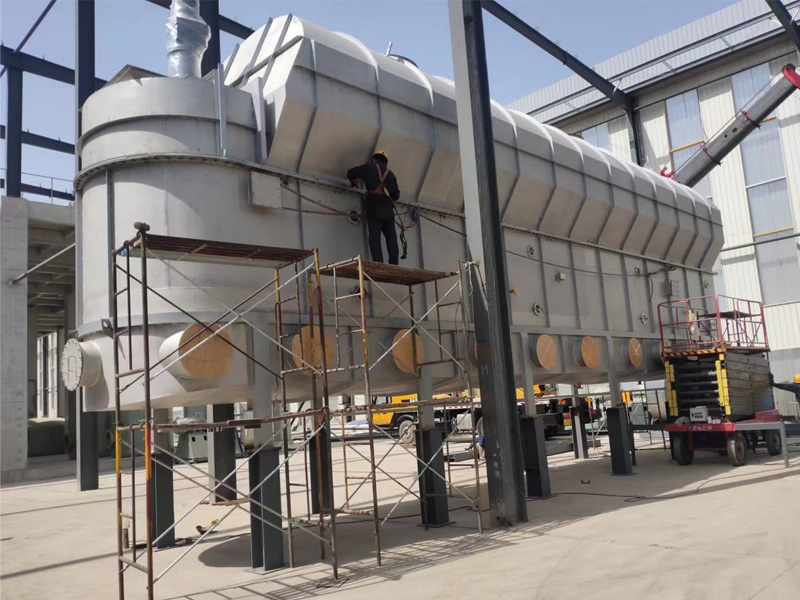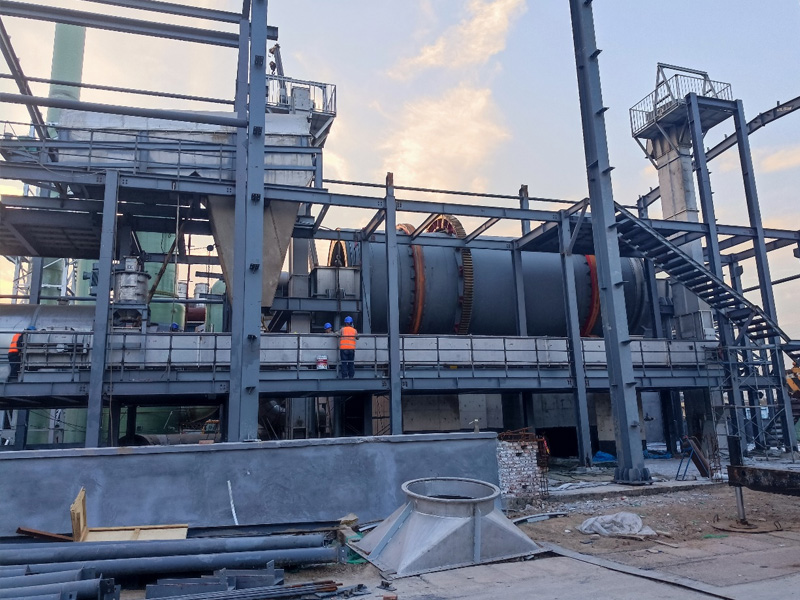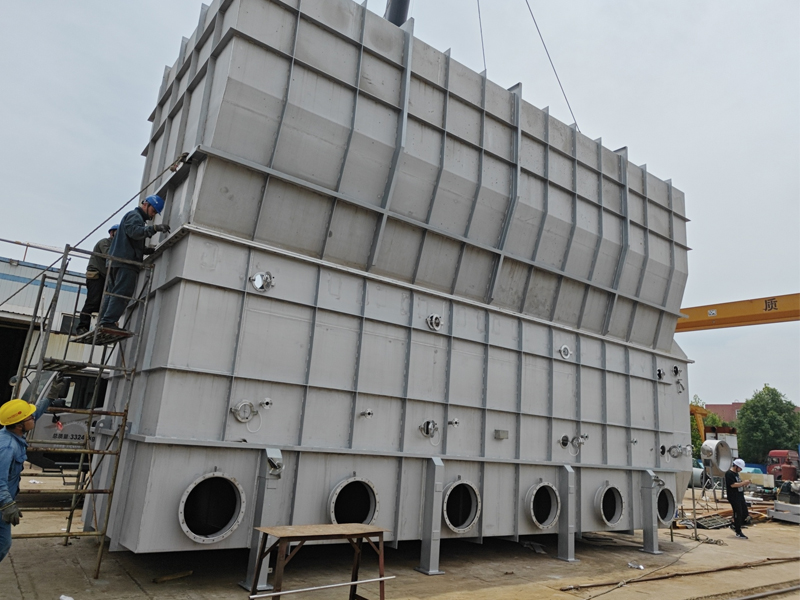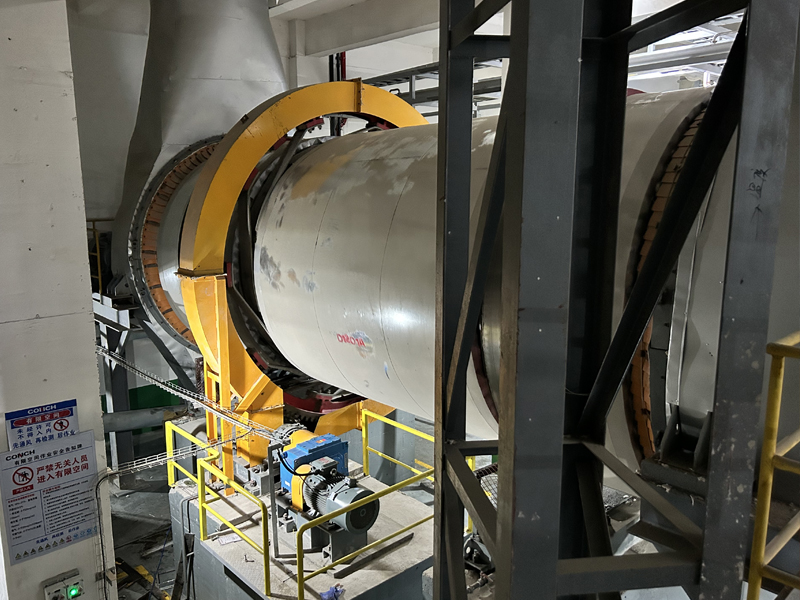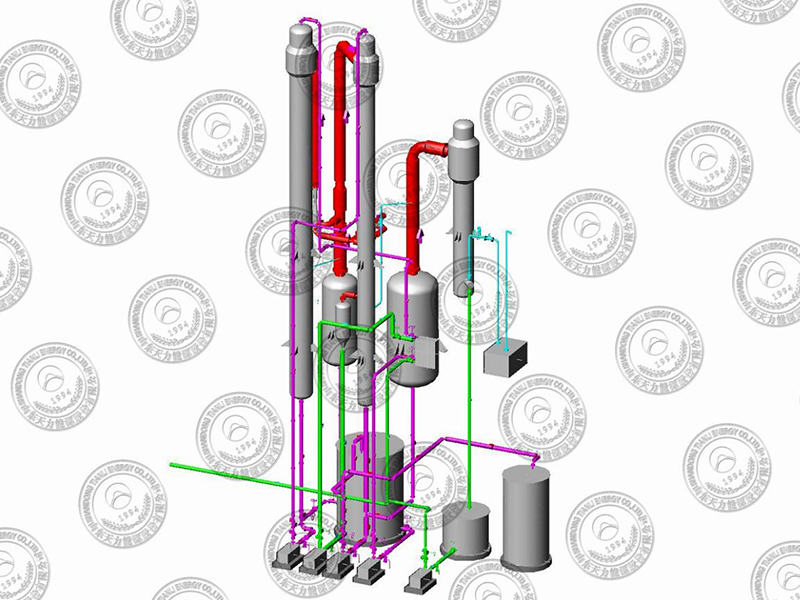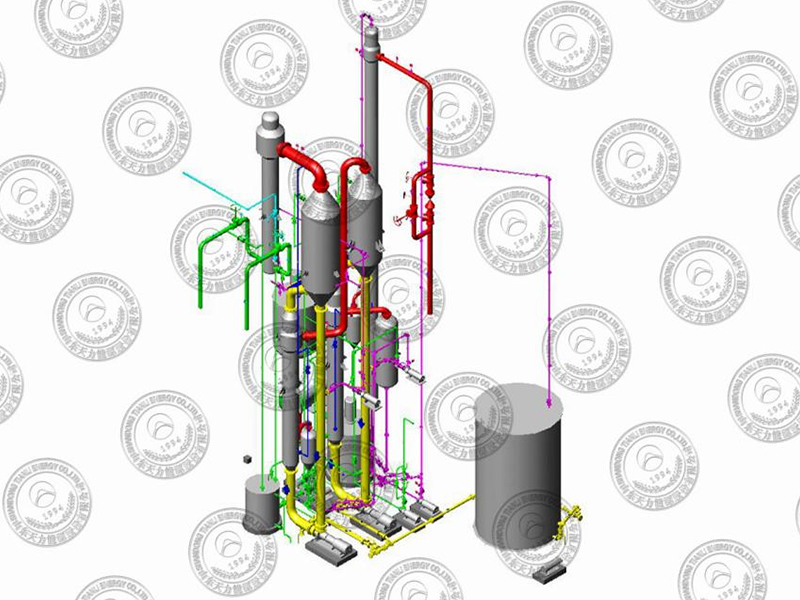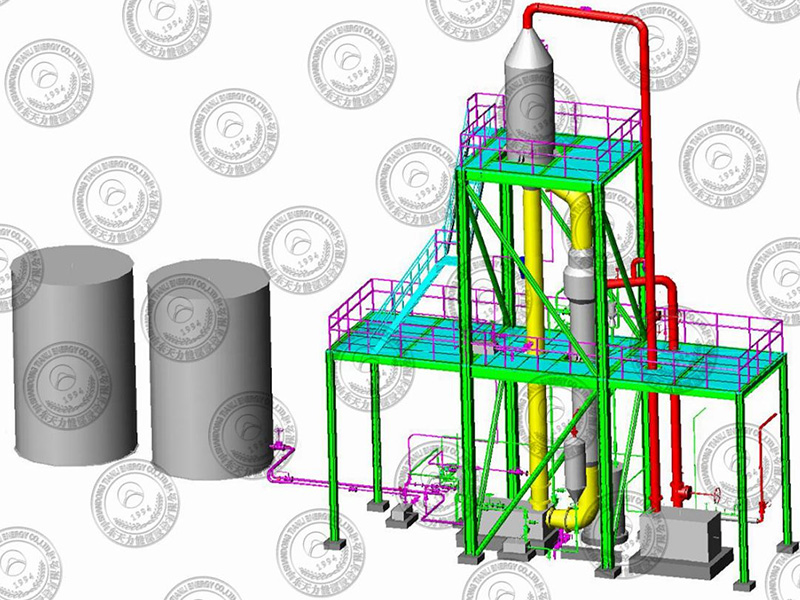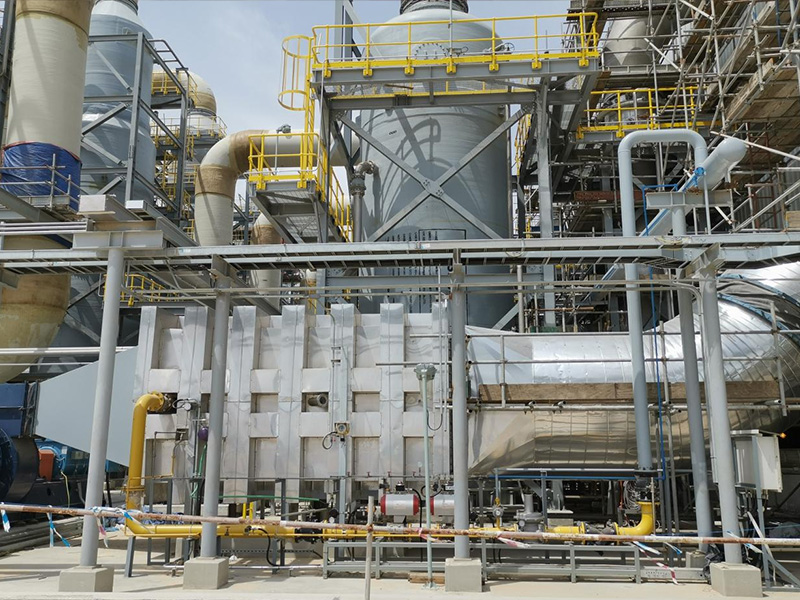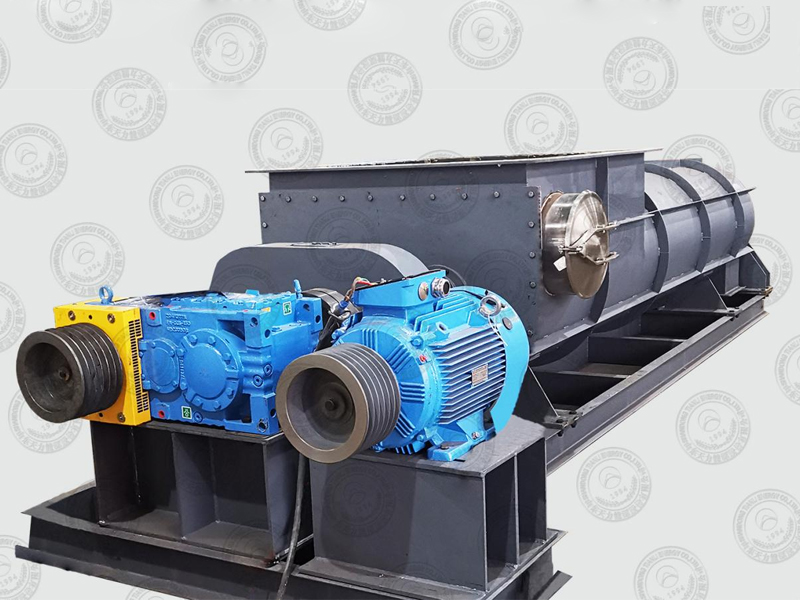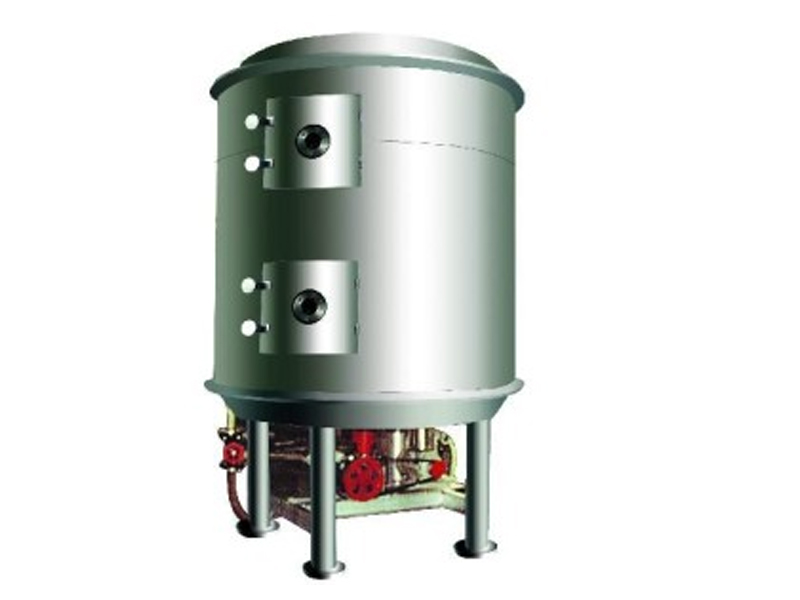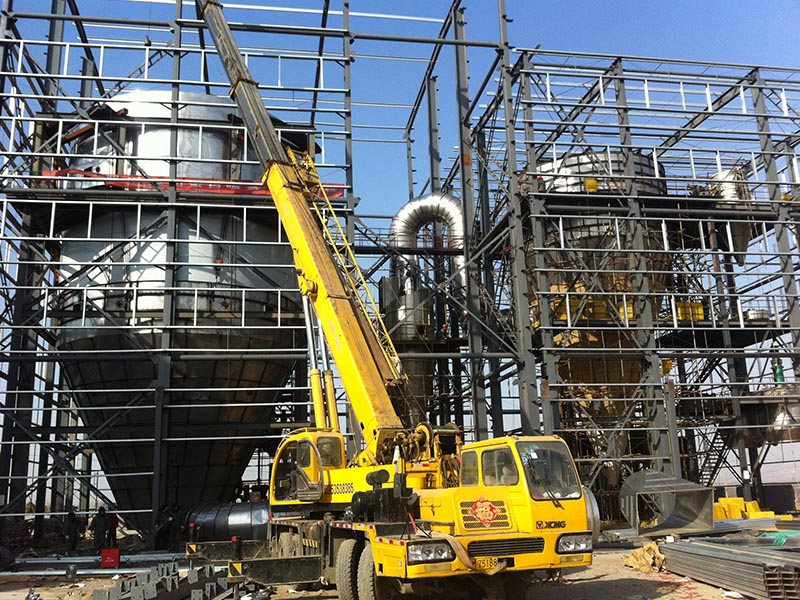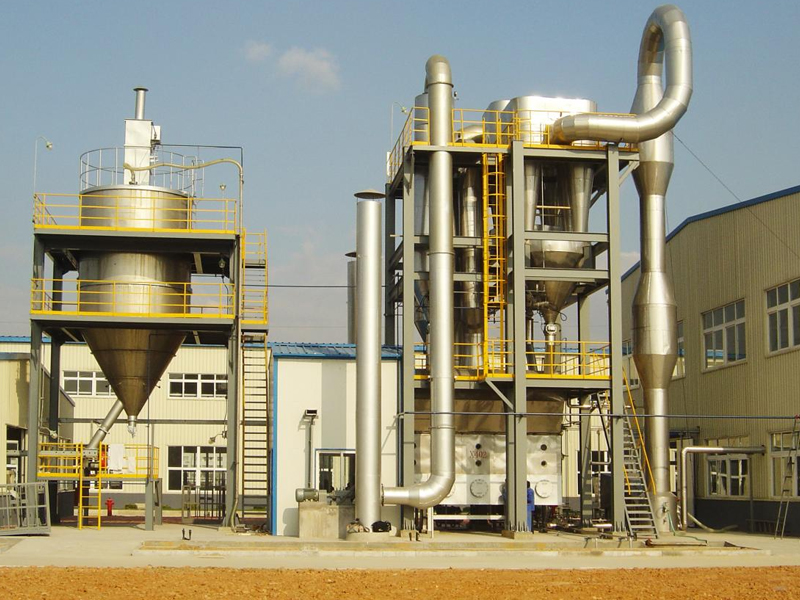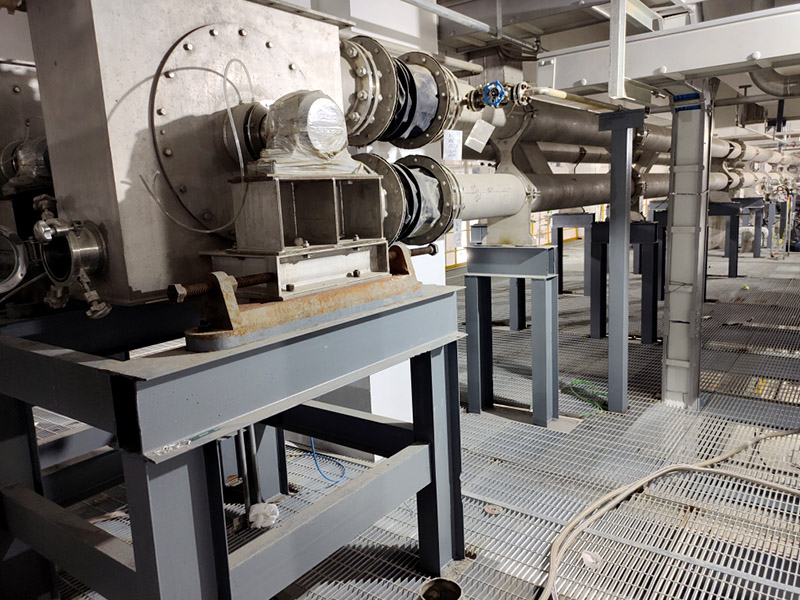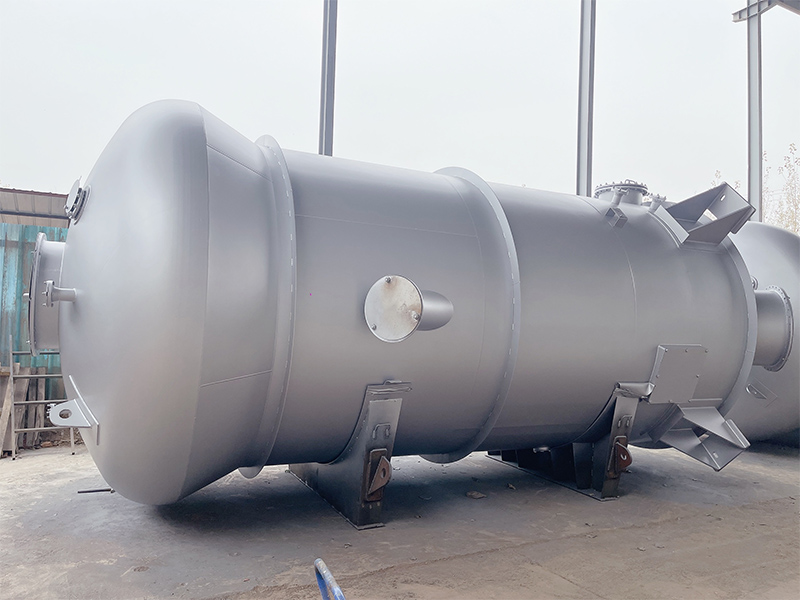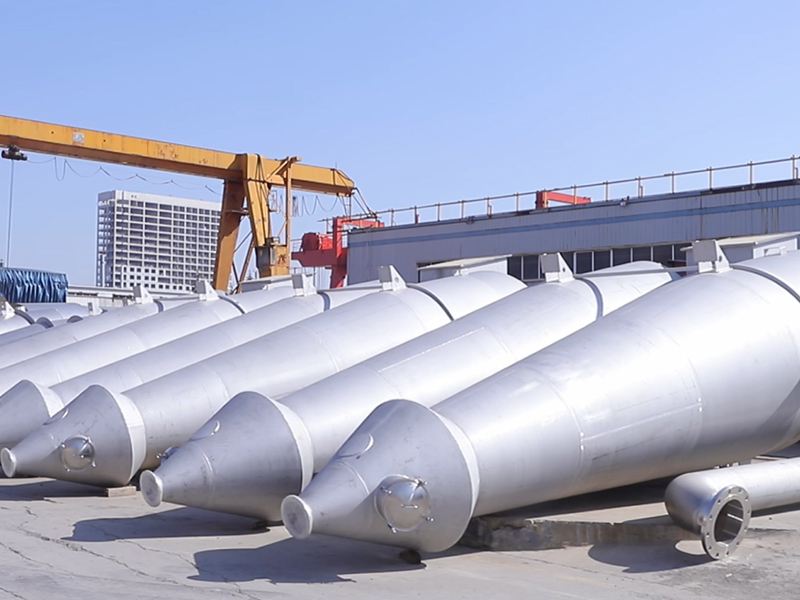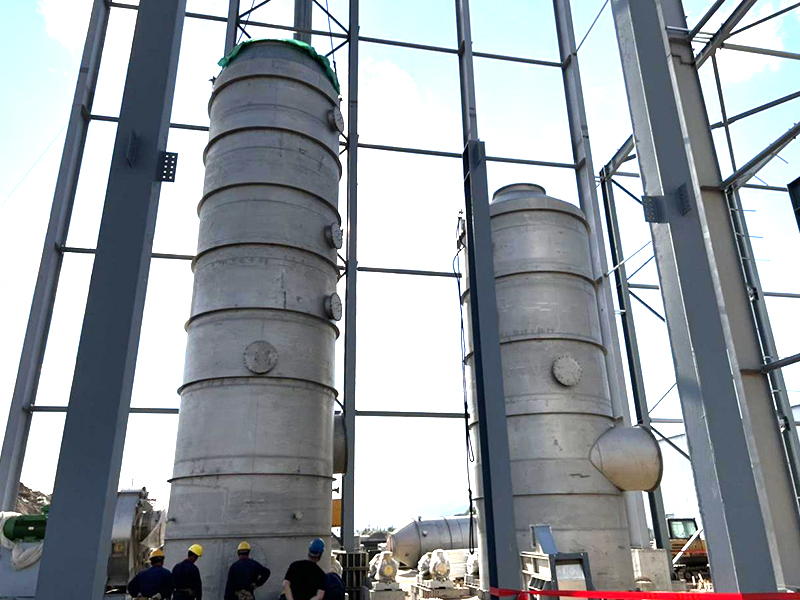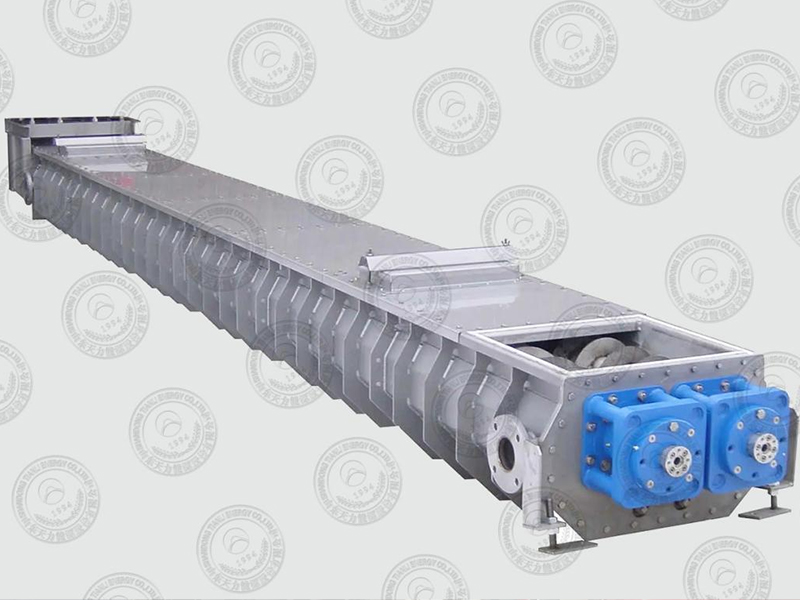LIST
PRODUCTS
Contact us
Self-cleaning Rotary Dryer
- Tianli
- China
Equipment Structure
Equipment Structure
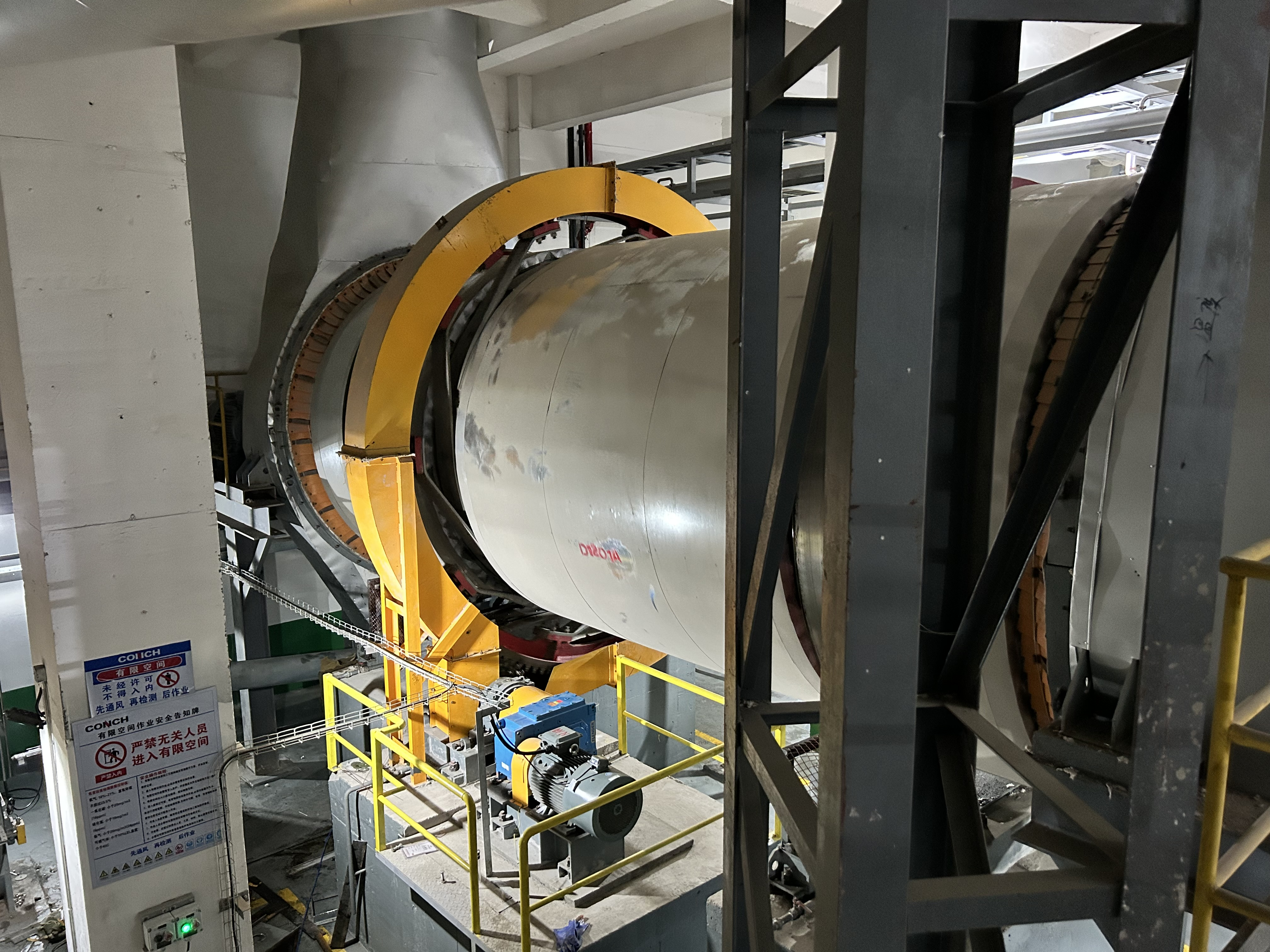
Self-cleaning rotary dryer is suitable for municipal sludge, metallurgical dust sludge, oil sludge and other materials with high viscosity and prone to scaling. The self-cleaning structure is the key design that ensures the continuous and stable operation of the equipment.
The following are the self-cleaning structures and their functions of mature application:
Lifting Flights
Structural form: arc-shaped or bent steel plates are welded to the inner wall of the cylinder, and they are distributed spirally along the axial direction. Self-cleaning principle: when the cylinder rotates, the lifting flights lifts the sludge and throws it out, forming an material curtain, increasing the contact area with the hot air. Anti-adhesion design: The edges adopt sharp angles or serrated structures to remove the adhered sludge; some lifting flights ends are equipped with chains or hammer blades, which can shake off the bonded blocks through impact. Applicable scenarios: Anti-accumulation for medium and low viscosity sludge.
Chain-Scraper System
Structural form: multiple groups of freely suspended metal chains (made of high-temperature resistant alloy), with scrapers or weights at the ends, evenly distributed inside the cylinder.
Self-cleaning principle: when the cylinder rotates, the chain randomly strikes the inner wall and the lifting flights, mechanically removing the adhered sludge. The scraper directly scrapes the cylinder wall to remove the compacted layer. Advantages: Simple structure, low cost, especially suitable for high-humidity and sticky sludge. Note: Long-term use may cause chain wear and breakage, and regular maintenance is required.
Self-cleaning material lifting - dispersing combination device
Structural feature: the design combines the lifting flights with the dispersing rod (or crushing paddle). The dispersing rod is hinged at the end of the lifting flights.
Self-cleaning principle: when the sludge is lifted by the sludge lifting flights, the agitator rods are swayed by centrifugal force, breaking up large pieces of sludge and preventing adhesion. The dynamic components reduce the static bonding surface.
Anti-bonding coating inside the cylinder
Apply a wear-resistant and non-sticky coating (such as modified PTFE or ceramic-based coating) to reduce the adhesion rate of sludge. The surface smoothness is Ra ≤ 0.4 μm, making the adhered substances easy to fall off.
The self-cleaning function in the typical workflow
Feed section: the lifting flights quickly pick up the wet sludge to prevent accumulation at the inlet.
Drying section: the chain/teeth continuously scrape the wall, and the crushing device breaks up the lumps.
Discharge section: the spiral guide plate pushes the dry sludge out, reducing residue.
Maintenance Points
Regular inspection: check for chain wear and coating detachment.
Shutdown cleaning: for stubborn deposits, use high-pressure water guns or mechanical tools for removal.
Prevent overload: excessive feed will overwhelm the self-cleaning system.
Application Cases
Municipal sludge: it typically use a combination of lifting flights + chain, which is cost-effective and efficient;
Chemical sludge (containing oil/gum): it requires rotating teeth or disintegration devices to enhance cleaning;
Sludge containing sand: the inner wall of the cylinder is lined with wear-resistant steel plates, combined with heavy-duty scrapers.
The self-cleaning structure will increase the power consumption of the equipment (about 5 - 15%), but it can significantly reduce the frequency of shutdown for cleaning, resulting in higher overall benefits.


